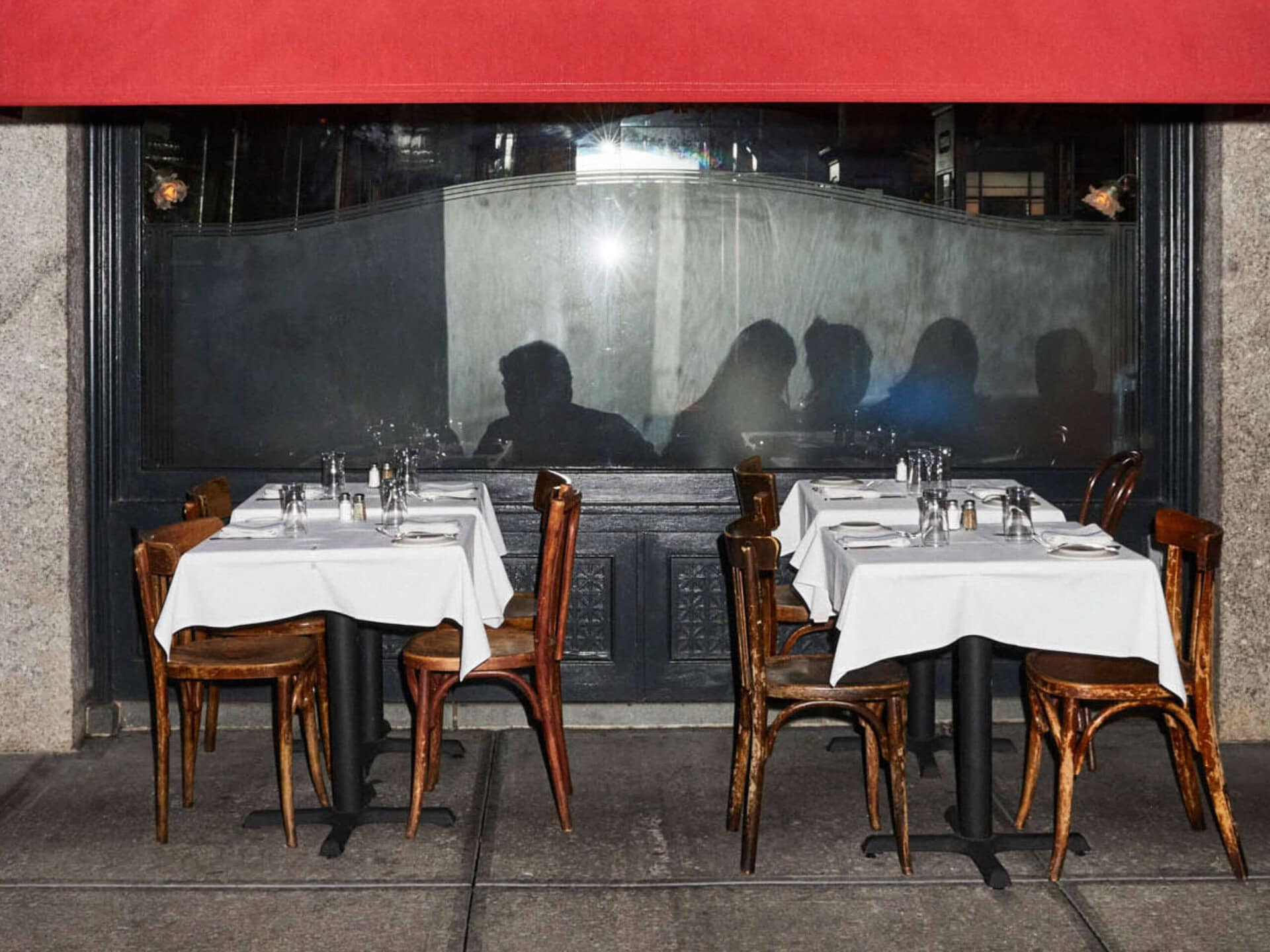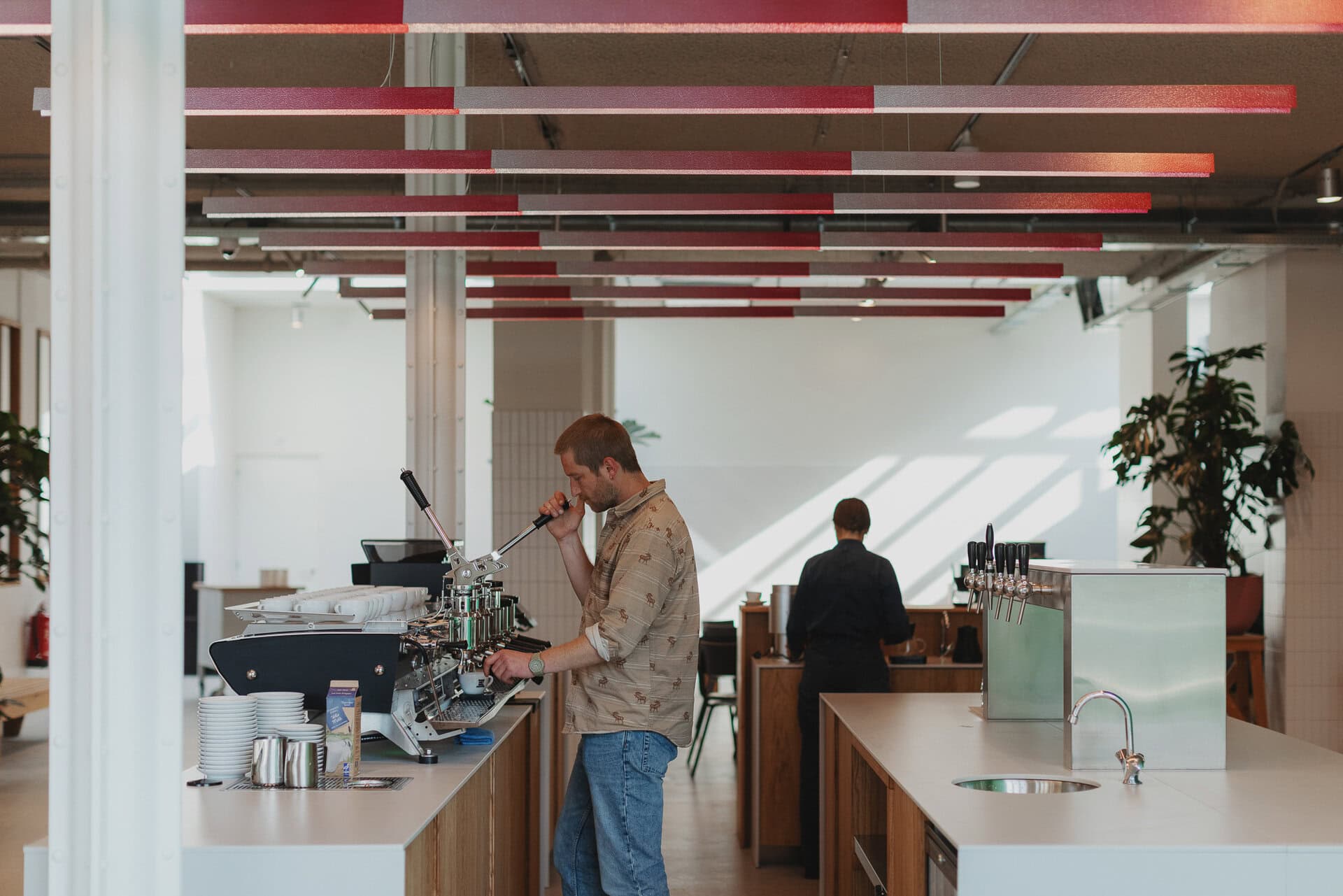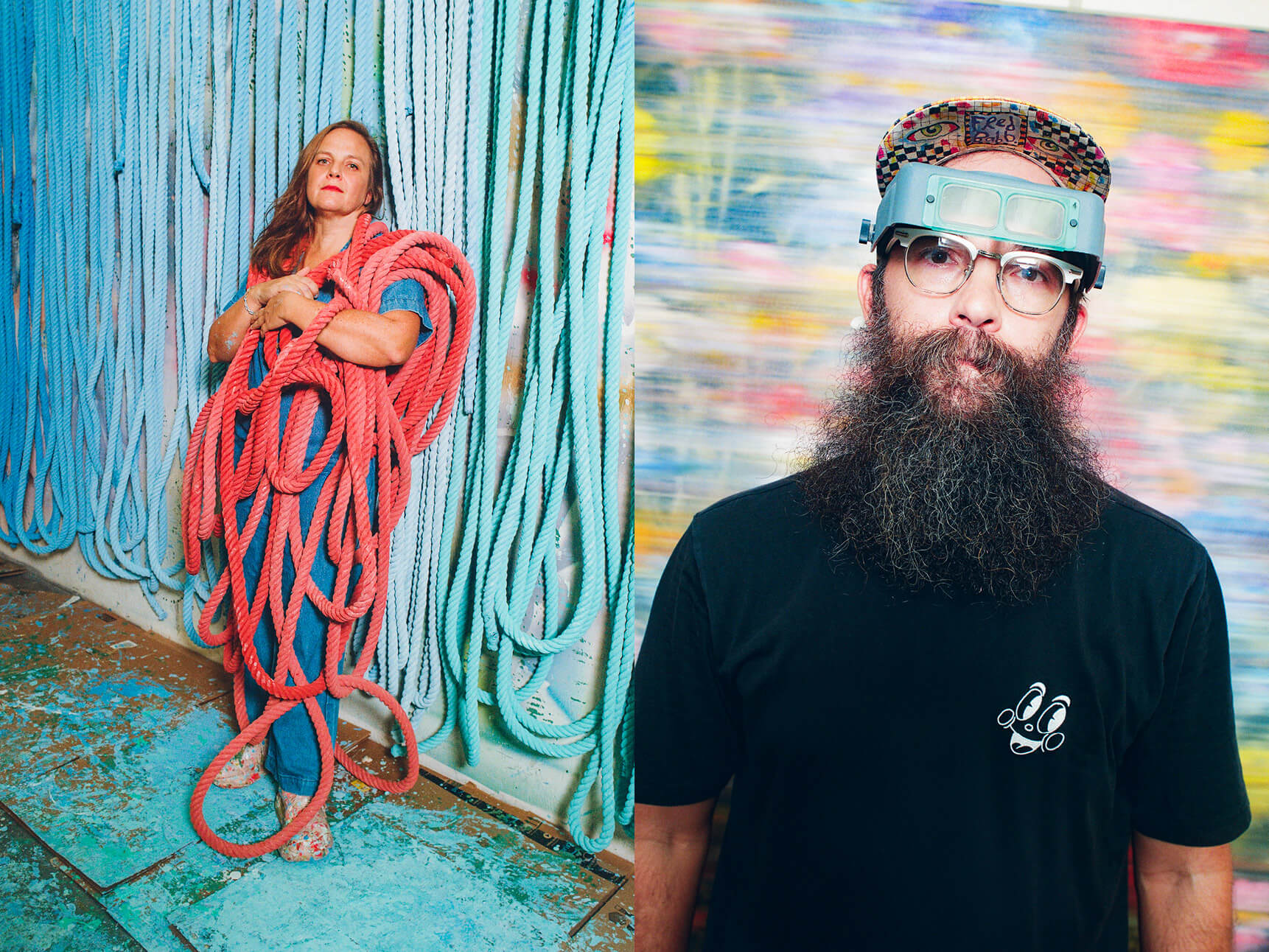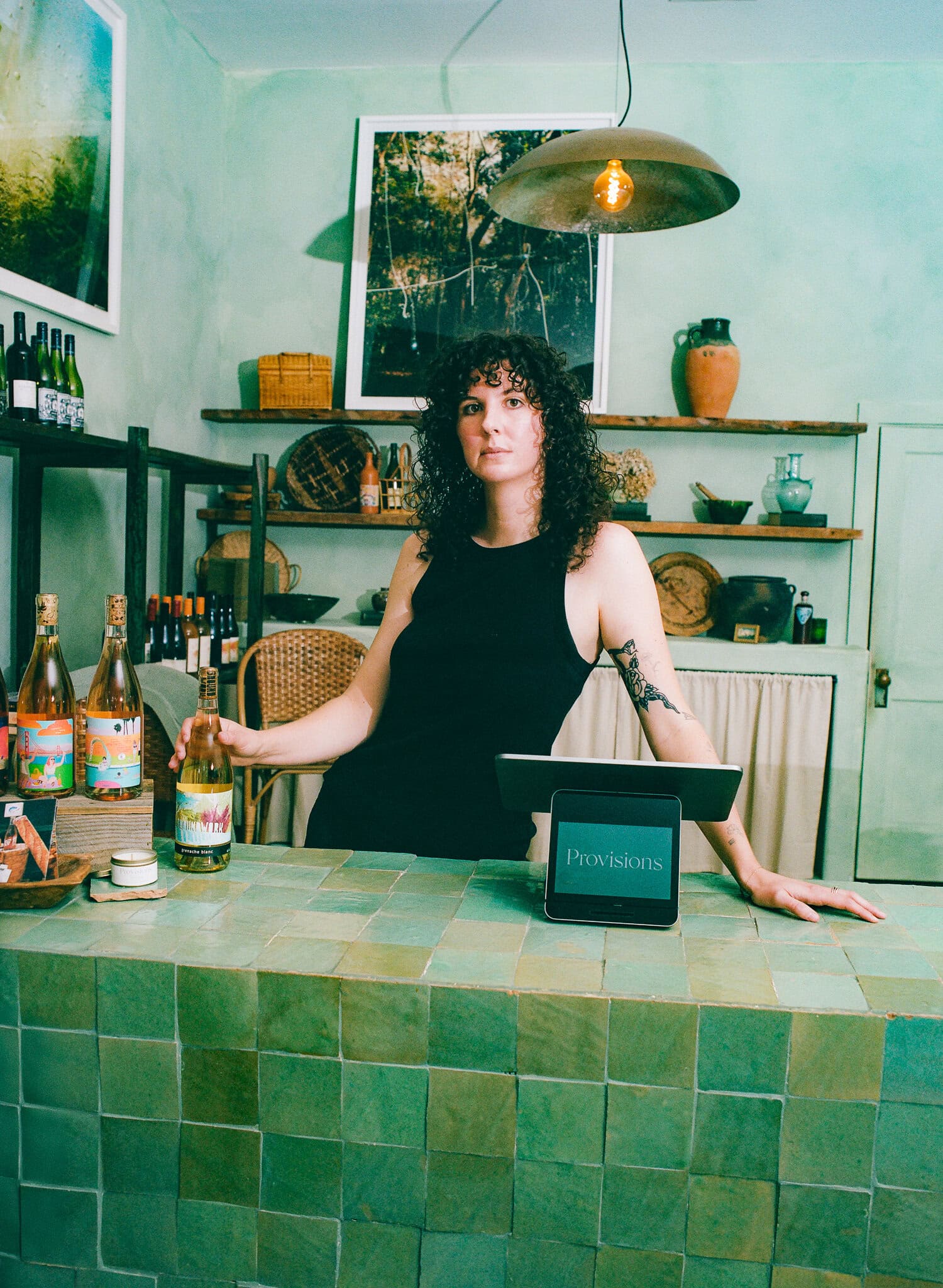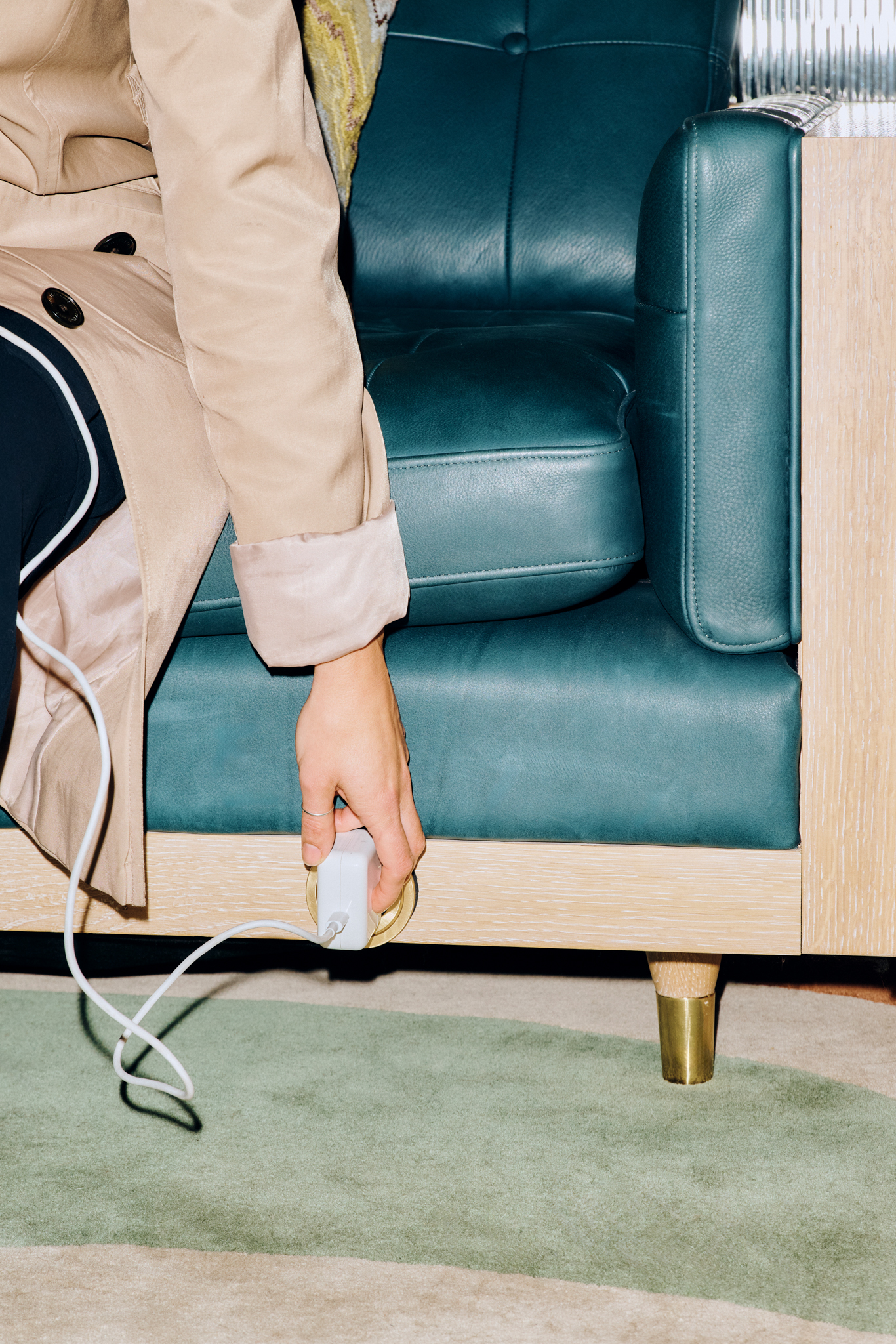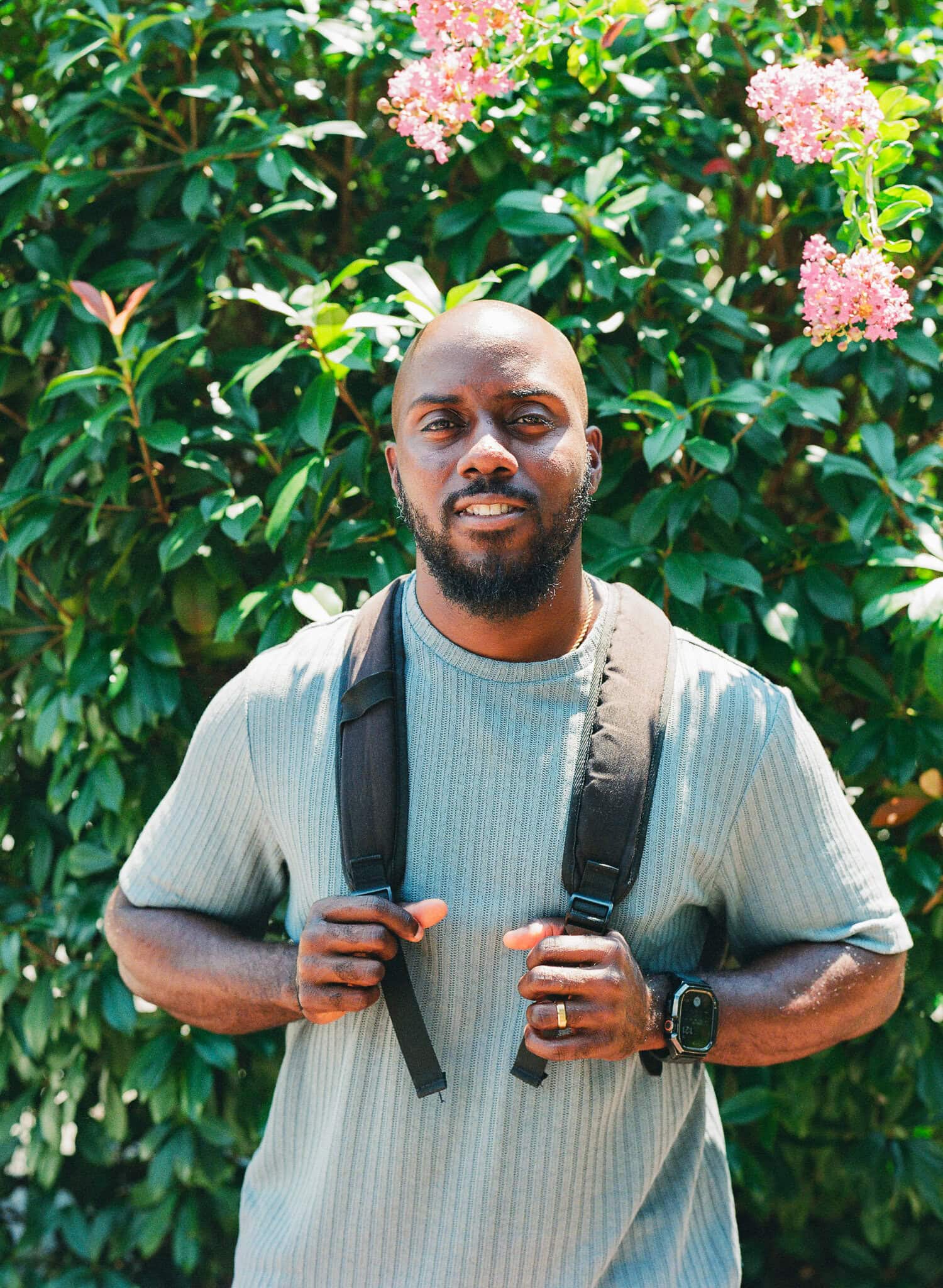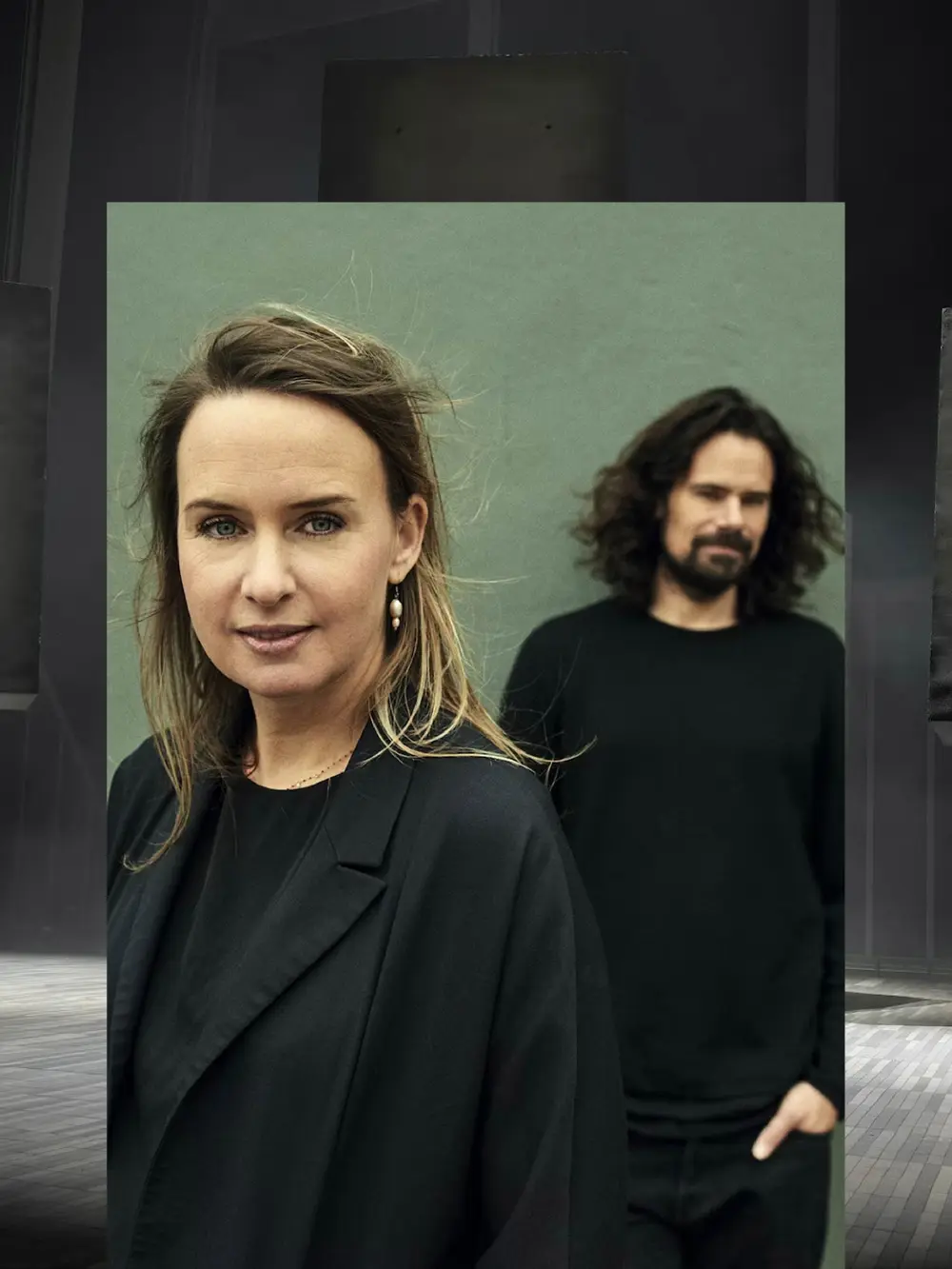
Writer and curator Paul Makovsky speaks with artist and designer Lonneke Gordijn about her thought-provoking installations, and why people need to reconnect with nature — before it’s too late.
Lonneke Gordijn can’t stop thinking about nature. As one-half of the Amsterdam-based multidisciplinary collective Studio Drift, founded with Ralph Nauta in 2006, the artist explores how nature and technology magically transform the stuff of everyday life into fantastical feats: dandelions seeds into LED lights, a Starbucks cup deconstructed into its base materials, or a sublime spectacle of massive concrete blocks that appear to float in thin air.
The studio frequently shows in New York, and their two latest exhibitions in town, Drift: Fragile Future (on view at The Shed through December 19) and Materialism: Past, Present, Future (through December 18 at Pace Gallery), challenge visitors to confront our changing relationship with nature and technology, inviting us to experience imagination and wonder in what unfolds before us, and to enlighten our understanding of our existence on earth. Lonneke is endlessly curious about life around us: “I see so many things that fascinate me in nature,” she says. “I don’t understand why people want to go to Mars when there’s so much to explore on this planet.”
“I see so many things that fascinate me in nature. I don't understand why people want to go to Mars when there's so much to explore on this planet.”
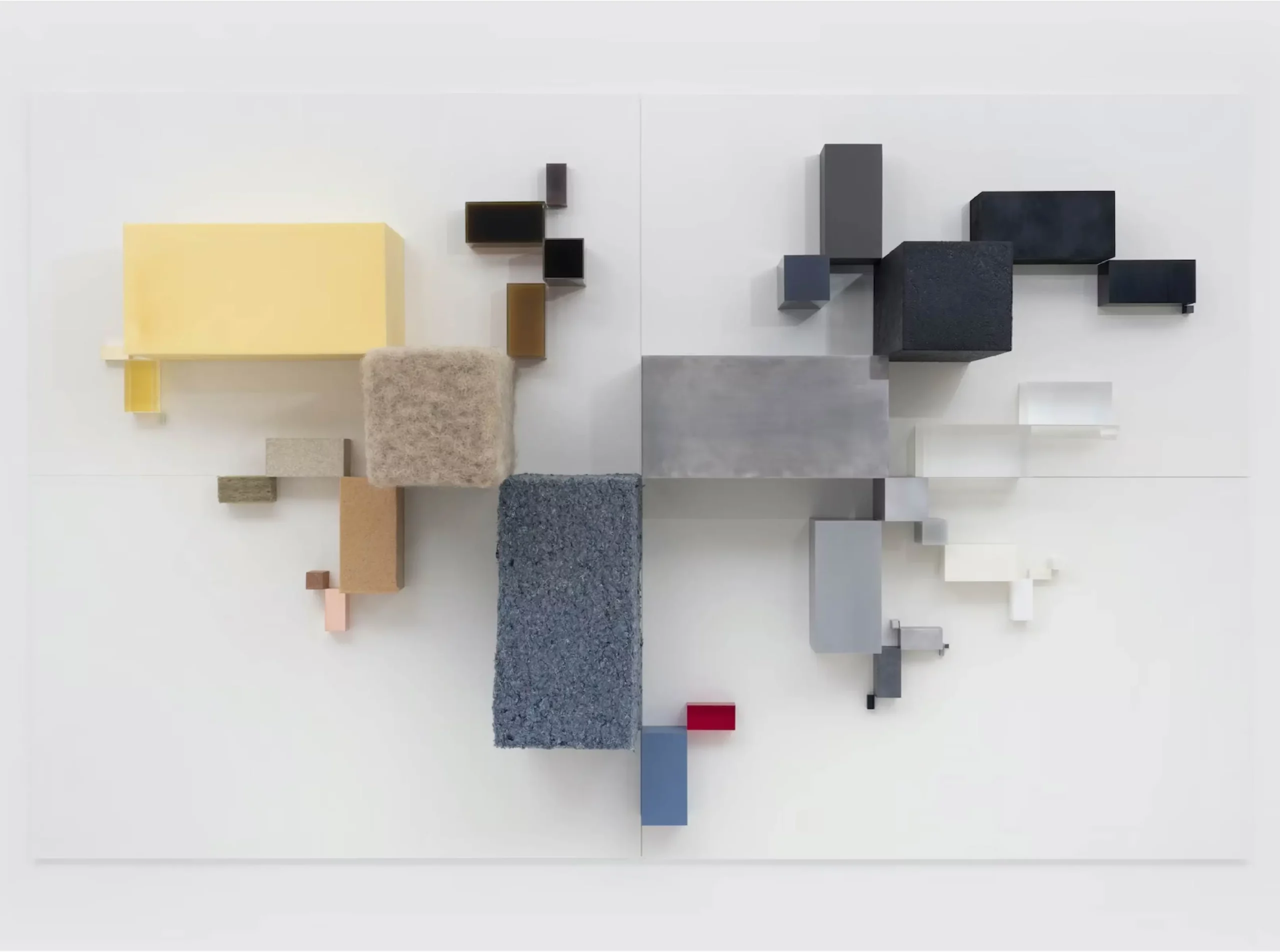
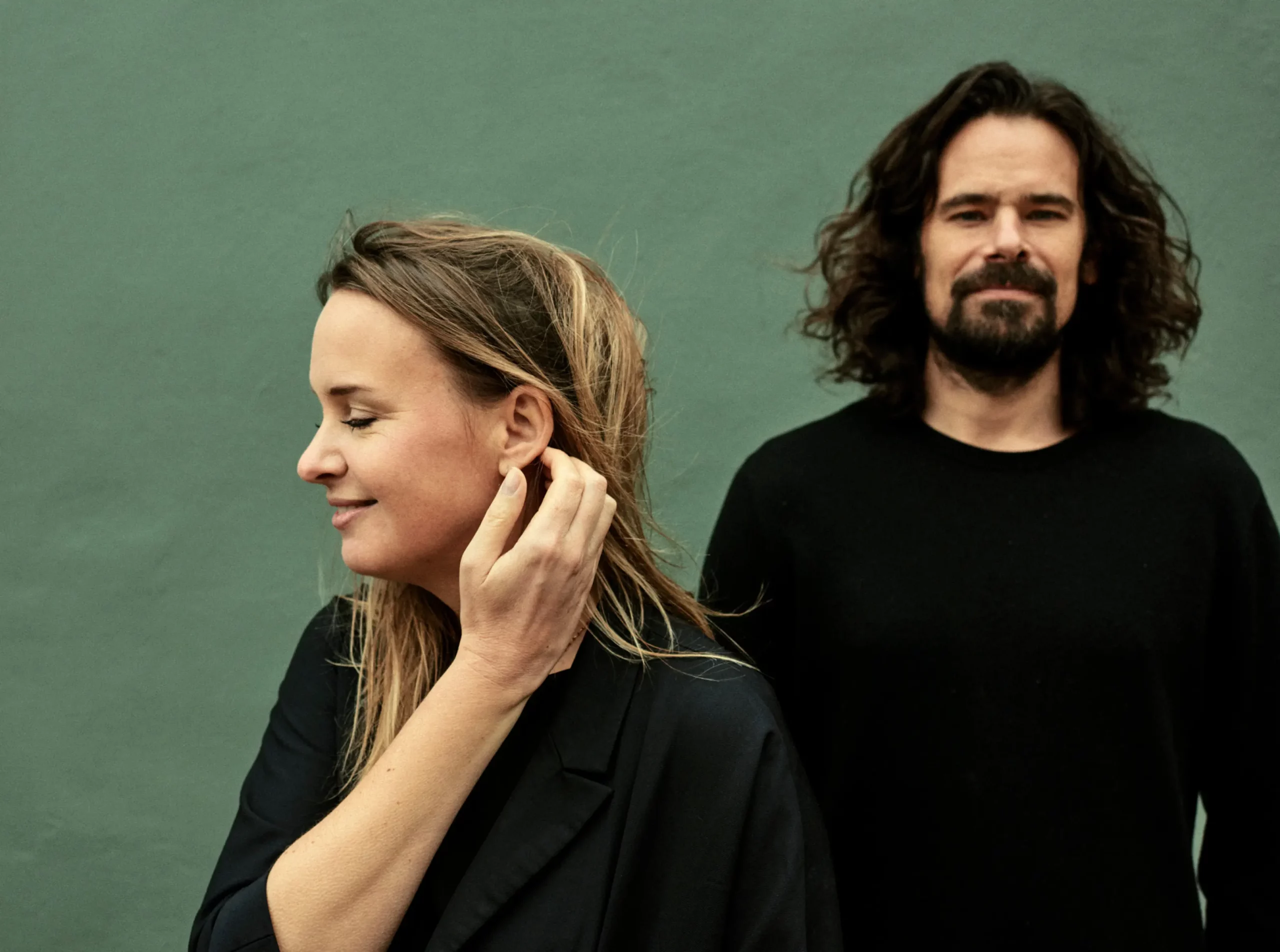
Q. Early on in your career, you engaged in everything from branding to working for a label, creating art installations, and making functional objects. How would you say it has since evolved?
In 2010, my partner Ralph Nauta and I went to New York City for the first time. We didn’t know anything about the art world, but showed our portfolio to the gallerist Murray Moss who told us we were doing so many different things and that we needed to focus on what we really wanted to do. That was a great lesson. Movement has an amazing impact on people and that fascinates us. The last 15 years have been a journey searching for the essence of what drives, moves, and changes us, and we do that through different mediums. It’s always about bringing people to an environment where they can somehow recognize some essence in themselves and in life.
Q. Reconnecting people with nature through technology has long been a focus in your work — whereas in your earlier installations, it was more literal, it’s now a bit more abstract.
Absolutely. Because we are living with a speed that is not natural to us. There’s a deep longing for me to be connected to nature, and it’s in every project we do. As a kid, I spent most of my days in the garden, watching the microscopic world in front of me — every insect or plant, and I knew the name of every plant. One of our earliest projects was based on our graduation work, consisting of bronze electronic circuits connected to light-emitting dandelions. It used the fragility of real dandelion seeds that were handpicked with tweezers, one by one, each of the parachute seeds were glued to LED lights. In our “Coded Coincidence” installation, you’ll see illuminated beaded lights shimmering and dancing as a group or alone, much like fireflies or embers of fire. They are inspired, in fact, by the flight of elm seeds blowing through the streets of Amsterdam during the spring, when they travel by the random forces of wind, making beautiful patterns.
Q. Your current exhibition at The Shed includes an installation called “Drifter,” a giant concrete monolith that appears weightless and magically floats in the room, and can only be described as a sublime and almost surreal experience. How did this project come to fruition?
We had the idea to do a floating block of concrete around 2012, and it took us about five years how to do it. Our technology partner, SkySpirit, who work in the field of artificial intelligence, machine learning, and sensor technologies, helped us bring the idea to life using different technologies, including one that can track objects in a space.
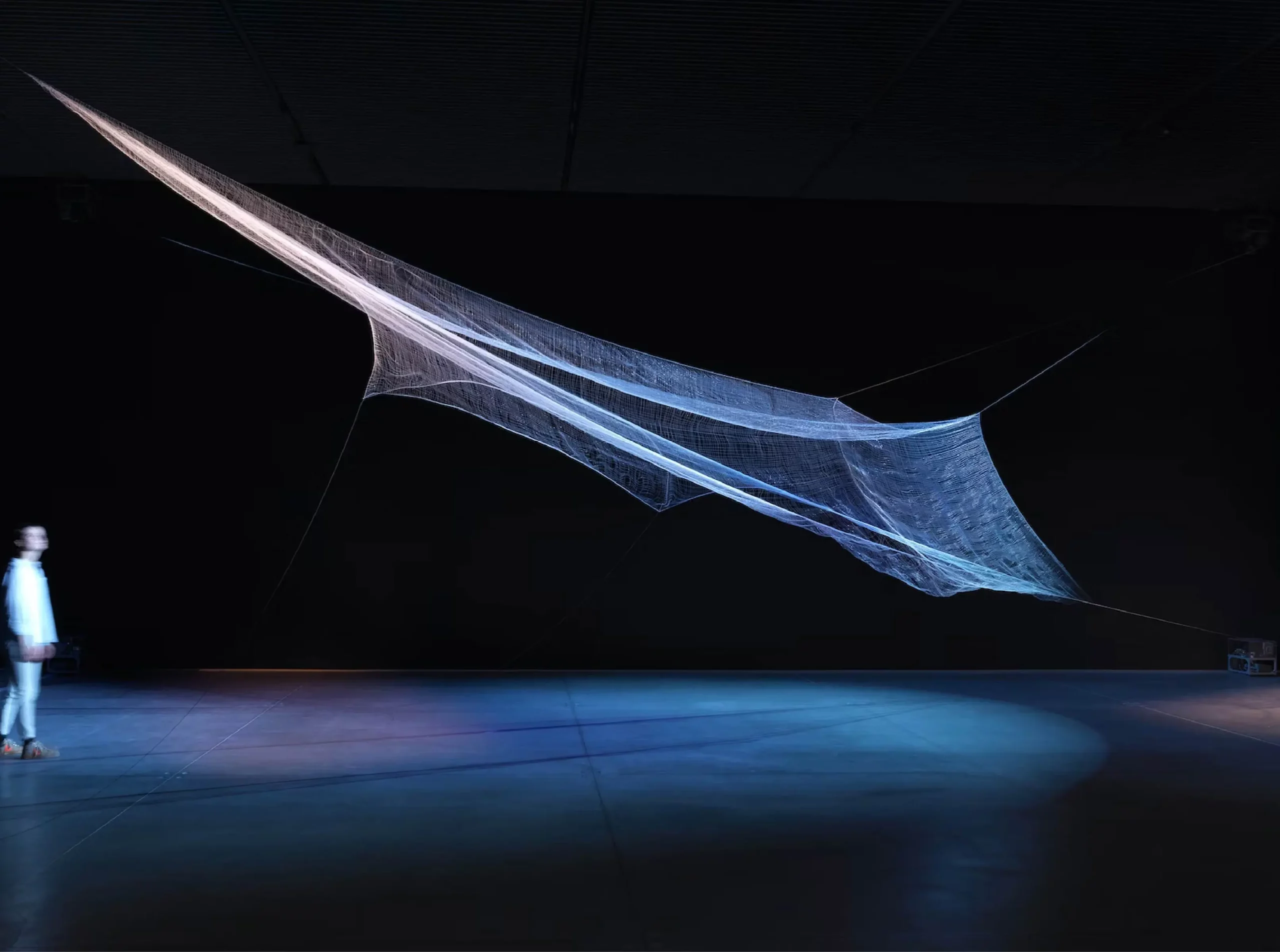
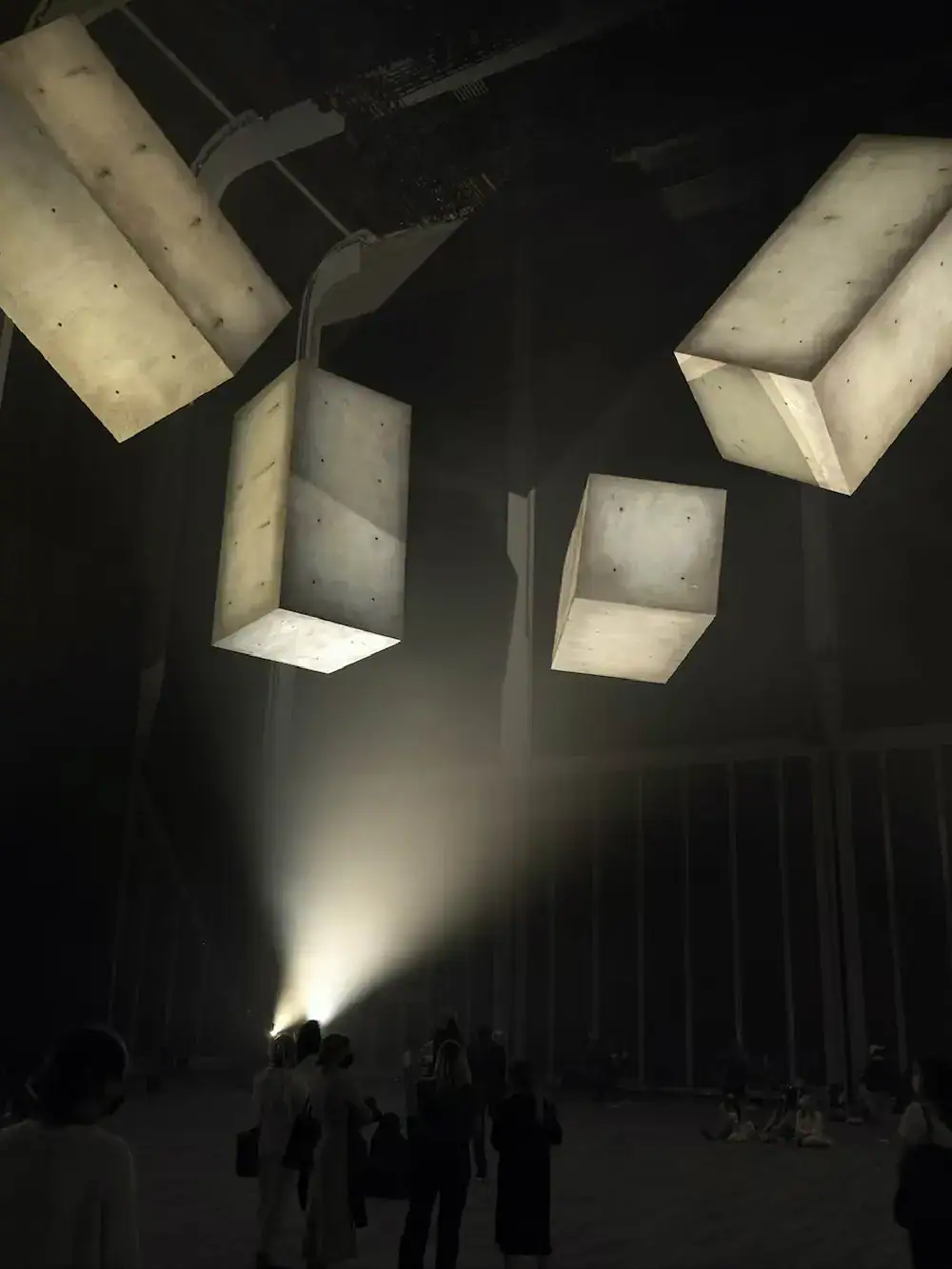
Q. In your earlier “Materialism” project, you reverse-engineered everyday items — including a bicycle, a watch, and a Starbucks cup — and transform them into sculptures representing the raw materials they are made up of.
Every object we buy and consume literally comes from this Earth and has an impact on the complex systems of resource extraction, labor, manufacturing, and distribution. Objects like a bike or a Big Mac connect us to the earth, yet we don’t treat this earth as a place that we’re dependent on. Some of the materials in the iPhone 4s that we deconstructed — like titanium, tin, tungsten, and gold — are conflict resources and extracted from places where there are geopolitical problems. Each material block is a metaphor for the human mind and how we try to create control and clarity.
Q. You also have a second exhibition up right now at Pace Gallery New York, “Materialism: Past, Present, Future,” which continues this series. What inspired these new works?
We’re showing the makeup of the human body as it evolves physically through the stages of life, and another project deconstructs a Volkswagen Beetle. We also have a mixed-reality installation which recreates the solar system but in block form allowing the viewer to walk between the planets. The new pieces illuminate parallels between man-made and natural structures through innovative processes, and ultimately inspire a reconnection to our planet.
Q. For all the fascinations of the natural world explored in Studio Drift’s work, how would you describe your daily routine? What keeps you curious?
We have a studio, but I work sometimes from home. I have the feeling that I have no structure; always trying, but never succeeding. Since the summer, I’ve lived on a houseboat surrounded by water, where I can see the sky everywhere. I feel the most connected to my surroundings, and to nature, than I ever have living in a concrete block apartment.
Paul Makovsky is a Brooklyn-based writer and editor.Editor: Aileen Kwun
Photography: Portraits by Teska Overbeeke. Drifter installation images by Dario Lasagni, courtesy The Shed. Materialism installation images courtesy Pace Gallery New York.
DISCOVER MORE
Visit studiodrift.com
Follow Studio Drift on Instagram
